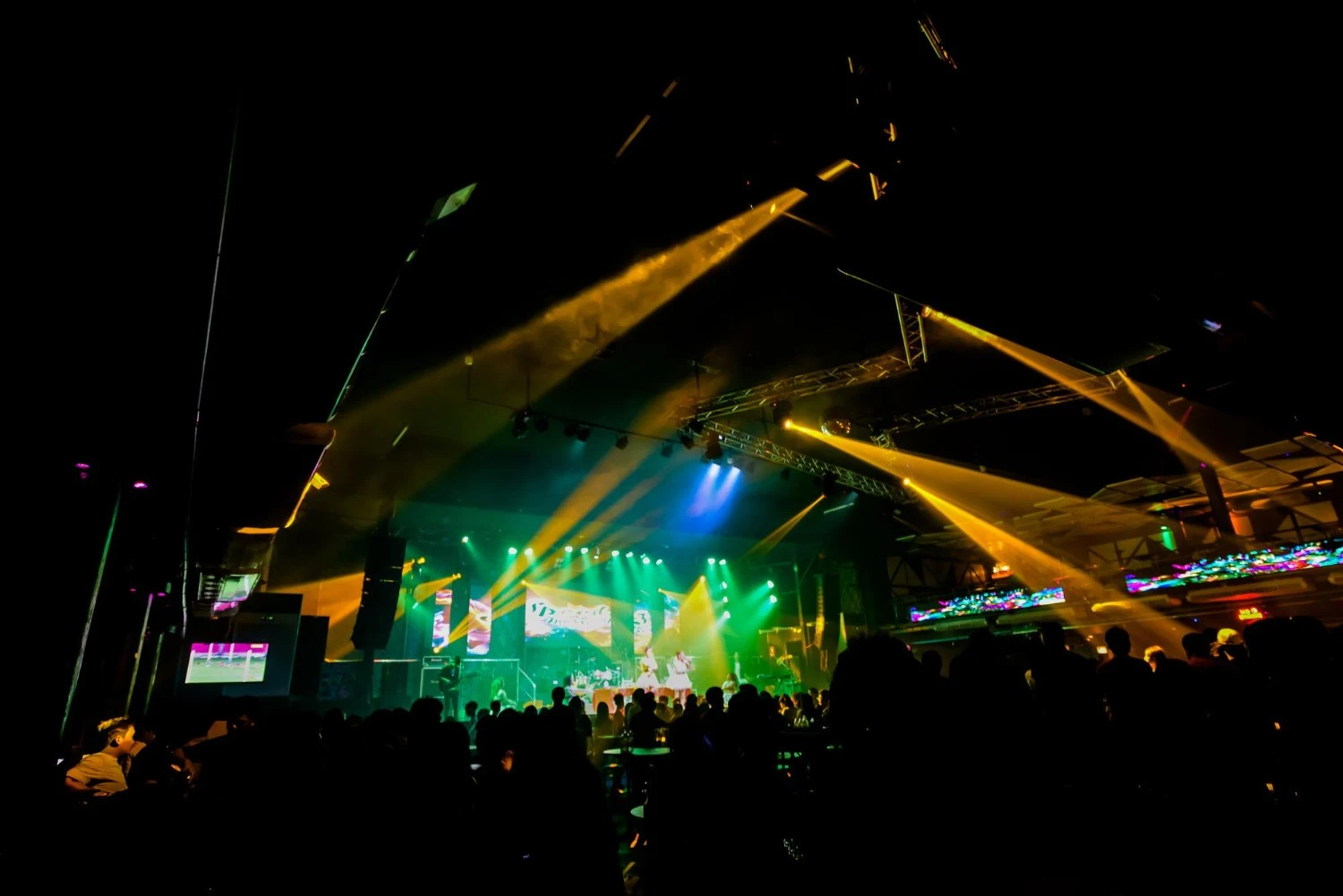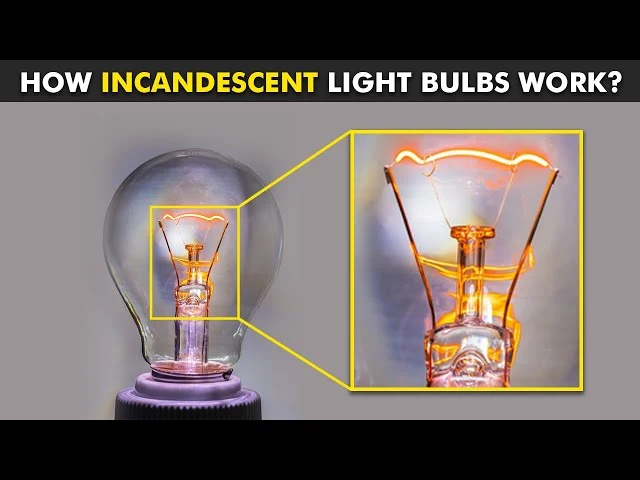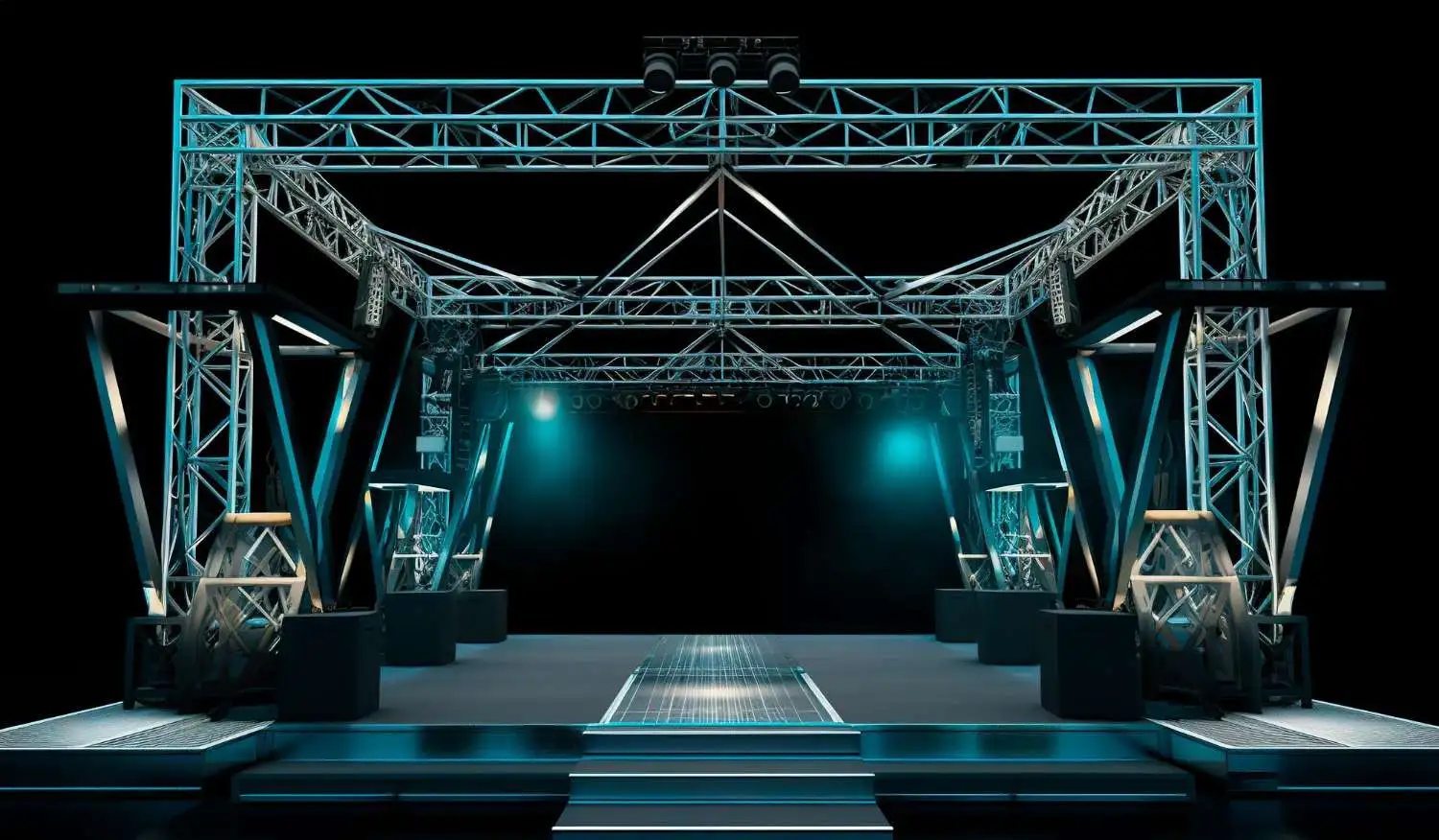When you need to study, you need to do it with focus. It is quite easy to get distracted while studying.
However, this problem can be easily solved with the help of suitable LEDライト.
The reason is that lighting creates a psychological impact on us.
Cool white lights in the 5000K-6500K range are the best-LED color for studying.
They are most preferred as task lighting in study areas. They closely mimic the natural daylight.
Also, choose a White LED light with a high CRI and ambient lighting for the best results.
Sometimes, wrong-colored LEDs can strain and damage your eyes instead of doing anything good.
Due to this reason, it is vital to have sufficient information regarding the best LED light color for reading.
It will help you use the right LEDs and continue your studies with peace and focus.
Importance of Right LED Colors for Reading and Studying
When we read, we use our eyes and brains.
Therefore, these parts of the body undergo a lot of work while we read, which means we need something to aid them in doing so.
For this, we recommend LEDs with white light since they are noninvasive.
Also, if you choose the right color light LED for reading, they will not strain your eyes and mind.
LEDs can also be used to light up the desk and the student’s surroundings to create the ambiance.
LED電球 ensure that the whole area is perfectly lit and visible to them, which primarily aids in feasible reading and desk work.
They also protect you from harmful light from smart devices like laptops, tablets, and mobiles.
In today’s scenario, there is hardly any study that does not involve e-learning.
Therefore, when students use these smart devices frequently, there is a high chance that they can experience eye strain and headaches.
However, if LED lamps are in their room, they can diffuse this harmful light quickly.
Best LED Color for Studying During the Daytime
Now, the question is, which LED color should you opt for when reading during the day?
Many indoor settings lack adequate natural light, making it essential to replicate these conditions with the right artificial lighting.
In indoor spaces that are naturally dim or poorly lit, daylight-mimicking LEDs create a bright, clean ambiance that keeps the mind alert and active.
The light temperature stimulates productivity and keeps you awake, avoiding the sluggishness that can come with warmer, more relaxed light tones.
Here’s a table summarizing the best-LED colors for studying during the daytime:
LED Color | 色温度 | 特徴 | Benefits of Daytime Studying |
クールホワイト | 4000K–5000K | Daylight like light | Focus and mental clarity reduce eye strain productivity. For indoor areas with no natural light. |
Blue Light | Up to 6500K | Daylight like with blue tone | Alertness and concentration, body’s natural biological cycle, focus. |
Note: We recommend ambient lights like cyan, white, and blue with color temperatures up to 3300 degrees Kelvin.
Cool light not only helps in reading small text or focusing on fine details but also reduces eye strain by offering better contrast between the text and the background.
好みに応じて、 LEDチューブライト or LED bulbs.
The main factor that differentiates these lights is the reaction of our bodies towards them.
When we use blue light for studying, our bodies are already familiar with it.
Sunlight has a blue light, so blue is not foreign to the human body.
Your biological cycle can efficiently work with this light. On the other hand, warm light tones make your body relax.
Best LED Colors for Studying at Night
Many students often study at night.
Some students prefer doing so, while others don’t get enough time to study during the day due to time constraints.
Regardless of your case, you can use suitable LEDs to enhance your nighttime reading experience.
When studying at night, the correct LED light color becomes even more important.
When choosing an LED light source for nighttime reading, you should take two things into account.
First of all, the lighting color options you use should not put strain on your eyes.
Secondly, they should not disturb your sleeping routine.
After learning this, you can choose the appropriate lighting for reading and studying at night.
If you need to stay alert and productive for a longer time at night, here’s a table of the best LED colors for studying at night:
LED Color | 色温度 | 特徴 | Benefits for Nighttime Studying |
Neutral White | 3500K–4000K | Balanced warmth and brightness | Soft light that helps you focus without overstimulating. Good for long study sessions. |
Warm Light | 2700K–3000K | Orange, yellow tones | Gentle on the eyes, doesn’t disrupt melatonin, relaxes. Good for nighttime studying without disturbing sleep patterns. |
Red Light | <2700K | Amber light, no blue light | Reduces eye strain and sleep disruption. Good for very low light situations. |
Note: We recommend using warmer light tones, such as oranges, yellows, and reds.
These lights are bright enough to keep you focused without feeling overstimulated.
It also prevents the disruption of melatonin production, which can lead to poor sleep quality.
These tones are reliable for relaxing your body at night so that you can focus on your reading after a hectic routine.
You should not use cooler tones since they awaken your body, which is unsuitable for your sleeping routine.
Experts recommend not using any type of blue light in the evening.
The reason is that it creates more pressure on the body to become wide awake.
When this happens, you cannot sleep peacefully at night.
On the other hand, if you use warmer tones of light, your body will relax.
You can also rest peacefully after reading or studying at night.
Warmer tones never disturb your sleep; therefore, it is highly beneficial to opt for these every time.
More Factors for Best LED Colors
In addition to color temperature, several other factors influence the best-LED color for studying and reading.
These elements can significantly impact comfort, focus, and overall effectiveness in any learning environment.
Take a good look at these factors before you choose a lighting setup for yourself!
輝度
The brightness level is crucial to consider when it comes to lights. If your light is exceptionally bright, it can cause poor visibility.
Also, if it is too dim, you cannot see it correctly, which gives rise to visibility issues.
The best thing to do is to use the appropriate brightness level at your convenience to avoid all such problems.
The intensity of light is measured in ルーメン. For reading and studying, a brightness level of around 450–800 lumens is ideal.
It will provide sufficient illumination without causing glare or discomfort.
Many times, people are unable to set the proper brightness level in their space.
If you struggle with the same problem, seeking professional guidance will help immensely.
ヴォルラーネ will help you achieve the best brightness level according to your requirements and space.
Being in the industry for a decade, they offer the best LED for studying and reading.
Light Placement
The placement of your lighting fixtures can significantly impact your study experience.
Many people struggle with glare issues during installation. When this happens, you need to analyze your space better.
For reading or studying, overhead lighting should be evenly distributed to illuminate the room, while task lighting, such as desk lamps, should be directed toward the work area.
It’s best to position lamps to the side of your dominant hand to prevent casting shadows on your materials.
Avoid placing lights directly in front or behind you, as it can cause glare on screens or reflective surfaces.
These tips will help you use the LEDs to the fullest while researching, reading, and analyzing your space before the installation is essential.
Otherwise, later, changing the position of lights can cost you money and time.
照明の種類
People often struggle to choose the right lighting options for their study spaces, which can lead to installing the wrong type of lights in their space.
Different lighting types—ambient, task, and accent—serve unique purposes. Ambient lighting provides general illumination, while task lighting focuses light directly on your work area.
This is where professionals like Vorlane can help you. We provide you with devices that are tailored to your space and preferences.
This will help you find the right type of light with clarity.
The right kind of light will also serve you longer in the future so that you can study in peace and with better focus.
よくある質問
1. Is LED Lighting Best for Studying?
Absolutely! LEDs are the best light for studying. These don’t strain the eyes and cause headaches, especially if the appropriate tones are used.
Also, these consume less energy and help you save much on electricity bills. You can choose from hundreds of features, the best light color, and designs available in LEDs.
2. Is Blue Lighting Best for Reading?
Exposure to blue light wavelengths can strain your eyes over time, especially during long reading sessions.
Although blue light is emitted by devices like phones and tablets and can enhance alertness, it’s not recommended for reading under artificial light.
You may do some light reading during the daytime under blue light.
Prolonged exposure may disrupt sleep patterns, particularly when reading at night.
Instead, a balanced white light with a mix of blue light and green light in cooler color temperatures (4000K–5000K) is better for reading.
3. Is Yellow Light the Best Color Light for Reading Activities?
Lights with a color temperature of around 2700K–3000K, which emit yellow tones, create a cozy and relaxing atmosphere.
However, this color can lack the brightness and clarity needed for reading tasks, making it harder to focus and potentially leading to eye strain over time.
Cool white color light is best for studying that has a color temperature range between 4000K–5000K.
4. Is Red Light Best Suitable for Reading?
Red light is not considered the best LED light color for studying or reading.
While red or amber light is less disruptive to sleep cycles and is often used for relaxation, it does not provide the brightness or clarity needed for effective reading or focusing during study sessions.
Red light lacks the contrast and sharpness required for detailed tasks, making it harder to read text clearly.
結論
Lighting can clearly enhance the student’s studying experience.
Students struggling with focusing can, without a doubt, use different lights while studying to develop more concentration.
All you need to do is look for suitable warmer and cooler tones for daytime and nighttime studying purposes.
難しいですか?心配しないでください! ヴォルラーネ can help you with this confusion, you can easily aim for the best lighting for your study time.

![Top 20 Manufacturers of LED Lights in the World - Top 20+ LED Light Manufacturers Worldwide [10月 2024 Update] - Vorlane Top 20 Manufacturers of LED Lights in the World - Top 20+ LED Light Manufacturers Worldwide [10月 2024 Update] - Vorlane](https://vorlane.com/wp-content/uploads/2023/11/Top-20-Manufacturers-of-LED-Lights-in-the-World-1.webp)


![Versatile solar LED street lights with advanced features for enhanced outdoor lighting - A Complete Guide To Types Of Street Lights [10月 2024 Update] - Vorlane Versatile solar LED street lights with advanced features for enhanced outdoor lighting - A Complete Guide To Types Of Street Lights [10月 2024 Update] - Vorlane](https://vorlane.com/wp-content/uploads/2024/07/Versatile-solar-LED-street-lights-with-advanced-features-for-enhanced-outdoor-lighting.webp)
![solar lights Feature - Exolre 10+ Best Solar Light Brands [10月 2024 Updated] - Vorlane solar lights Feature - Exolre 10+ Best Solar Light Brands [10月 2024 Updated] - Vorlane](https://vorlane.com/wp-content/uploads/2022/12/solar-lights-Feature.png.webp)

